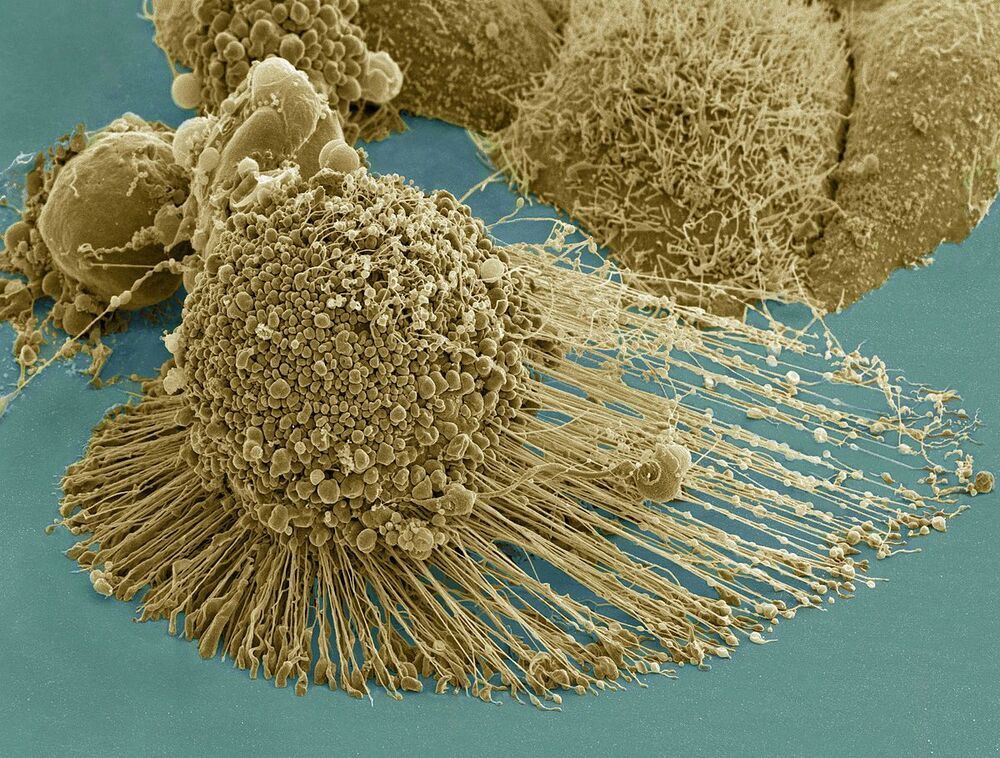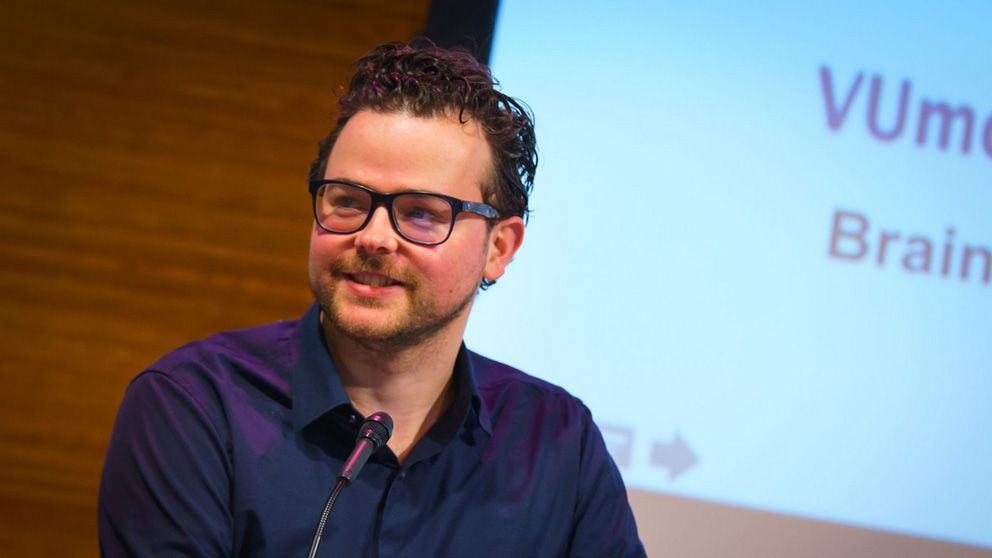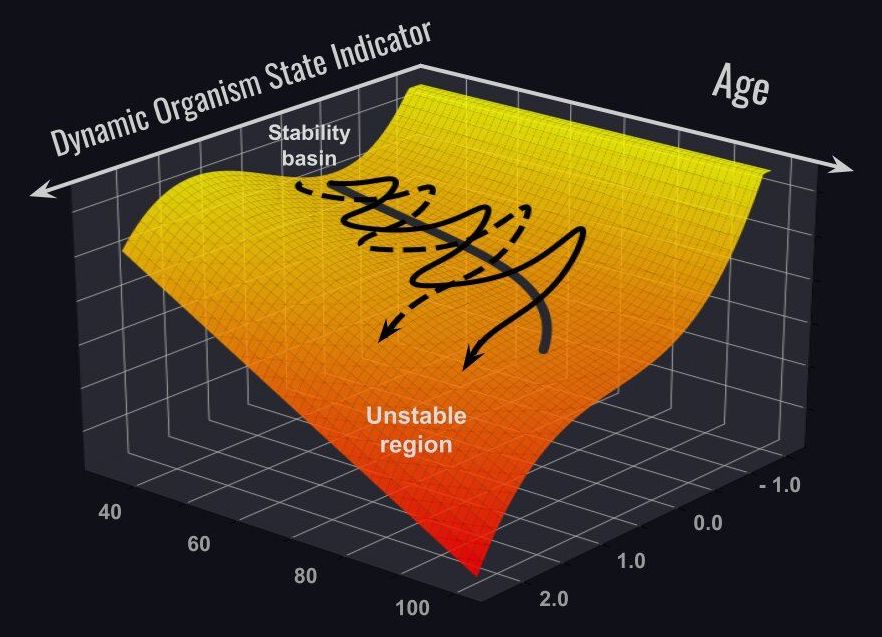Senior director, milken institute center for the future of aging, milken institute; executive director, alliance to improve dementia care.
Nora Super is the Senior Director of the Milken Institute Center for the Future of Aging (CFA) (https://milkeninstitute.org/centers/center-for-the-future-of-aging) and the Executive Director of the Milken Institute Alliance to Improve Dementia Care (https://milkeninstitute.org/centers/center-for-the-future-of…tia-care).
Mr. Super provides strategic direction for the two primary focus areas of CFA: Financial Wellness and Healthy Longevity, and oversees data-driven research, meaningful policy initiatives, and impactful convenings around the world.
Launched in 2020, the Alliance to Improve Dementia Care seeks to transform and improve the complex health and long-term care systems that people at risk for and living with dementia must navigate.
Ms. Super studied political science at Tulane University and completed her master’s degree in public administration, with a concentration in health policy, at George Washington University, and is a respected thought leader, frequent speaker, and prolific writer on healthy longevity and the economic and social impact of global population aging. In 2019, she authored two major reports: “Reducing the Cost and Risk of Dementia: Recommendations to Improve Brain Health and Decrease Disparities” and “Age-Forward Cities for 2030.”







